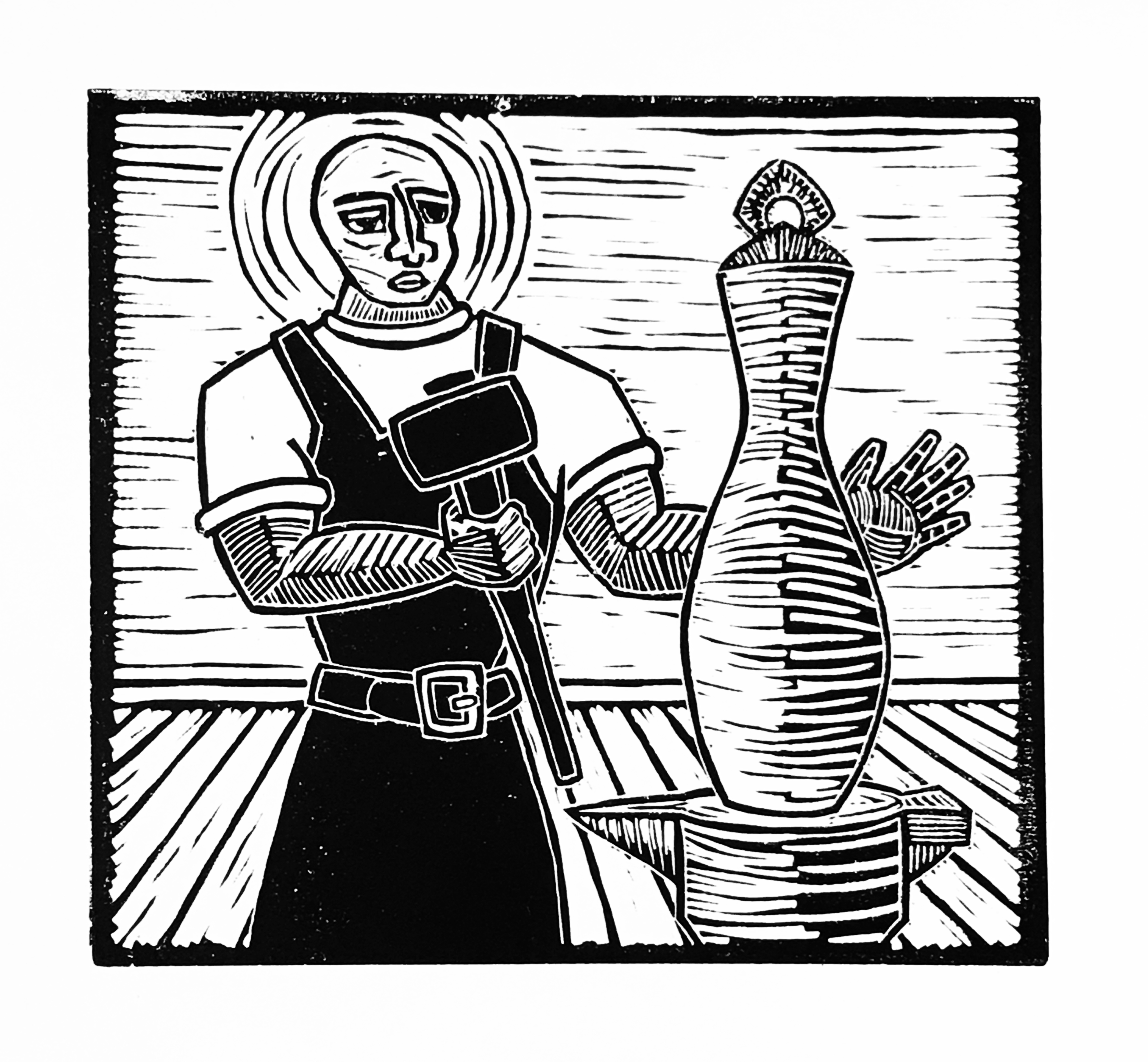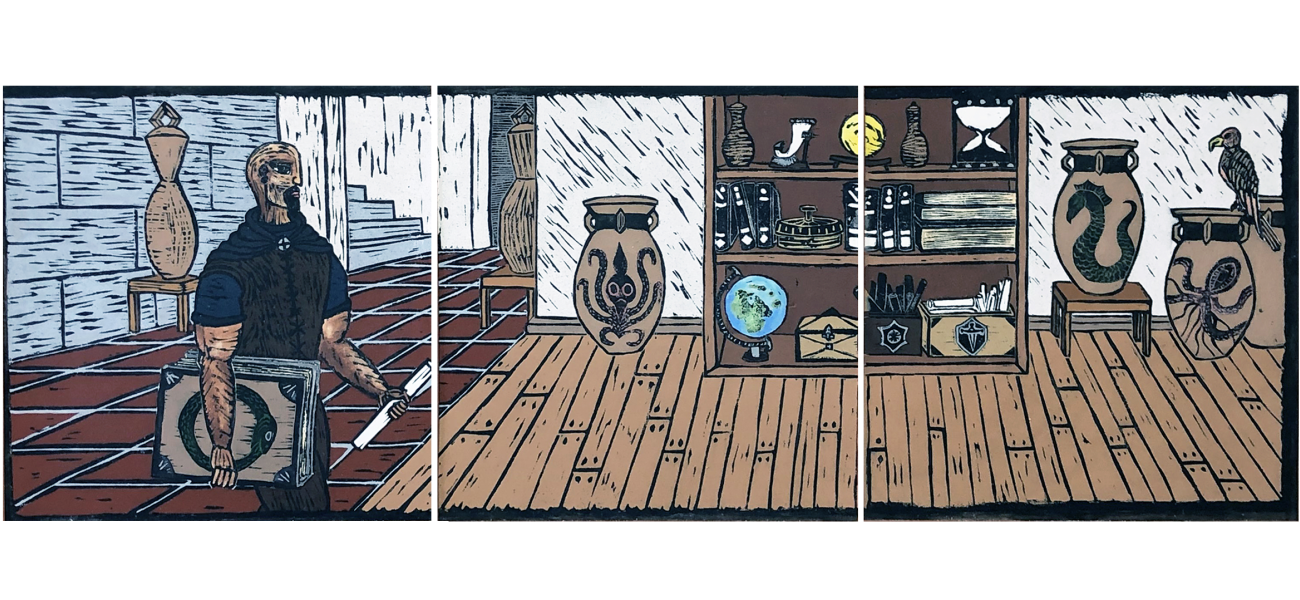 "…we live in a messy, puzzling, and complicated world, in which there is absolutely no substitute for one's own active searching."[1] – Martha Nussbaum
"…we live in a messy, puzzling, and complicated world, in which there is absolutely no substitute for one's own active searching."[1] – Martha Nussbaum
For many people, touching moist clay triggers a profoundly human need. Some ceramists are simply happy to know that joy, and others want to understand it. Society needs both perspectives. But makers' lives overlap with various sociological and philosophical schools of thought. Those who work in clay don't need overarching narratives from sociologists and philosophers about what it means to be fully human. Still, those narratives provide context, and we all seem to need more context these days. After all, we do live in messy, complicated times.
Before exploring various perspectives on why people make things, we must anchor this narrative in the reality of maker culture. There is something profound about shaping clay. Many parts of the ceramic process are highly addictive, and there is an abundance of people making clay objects by hand in virtually all corners of the planet. In every sense, this is the peak of pot-making in terms of the number of people working with clay, their ability to share their work online, and the willingness of consumers to buy handmade objects made of clay.
Part of what interests consumers and users has never changed. Whether an ancient Greek amphora from the 4th century BCE, a pot from the Zuni Pueblo, or the mug purchased through Etsy, each carries the maker's touch, and each pot fits within a specific culture and point in time. And each fills a niche in a complex market of objects made by human hands.
Importantly, every ceramic object carries much more than that. Phillip Rawson, the author of Ceramics, refers to "memory traces" - the cumulative sensory experiences associated with the things we touch and use. The history of pottery and things made by hand is a history of touch and use mixed with sensual experiences, providing "the essential continuum from which evolves everyone's sense of the world."[2] A Greek amphora speaks of a specific function but also illuminates a cultural context: trade networks, agricultural practices, Greek cuisine, and the physical heft of the amphora itself.
A Zuni pot speaks of its function as a container with Neolithic roots. But Zuni pots are decorated with references to deep cultural meanings, pueblo spirituality, and even the ecological base of the surrounding desert and what is now the Cibola National Forest. Traditionally, Zuni pottery held the seeds that would one day be planted in gardens and feed the tribe with their yield.


